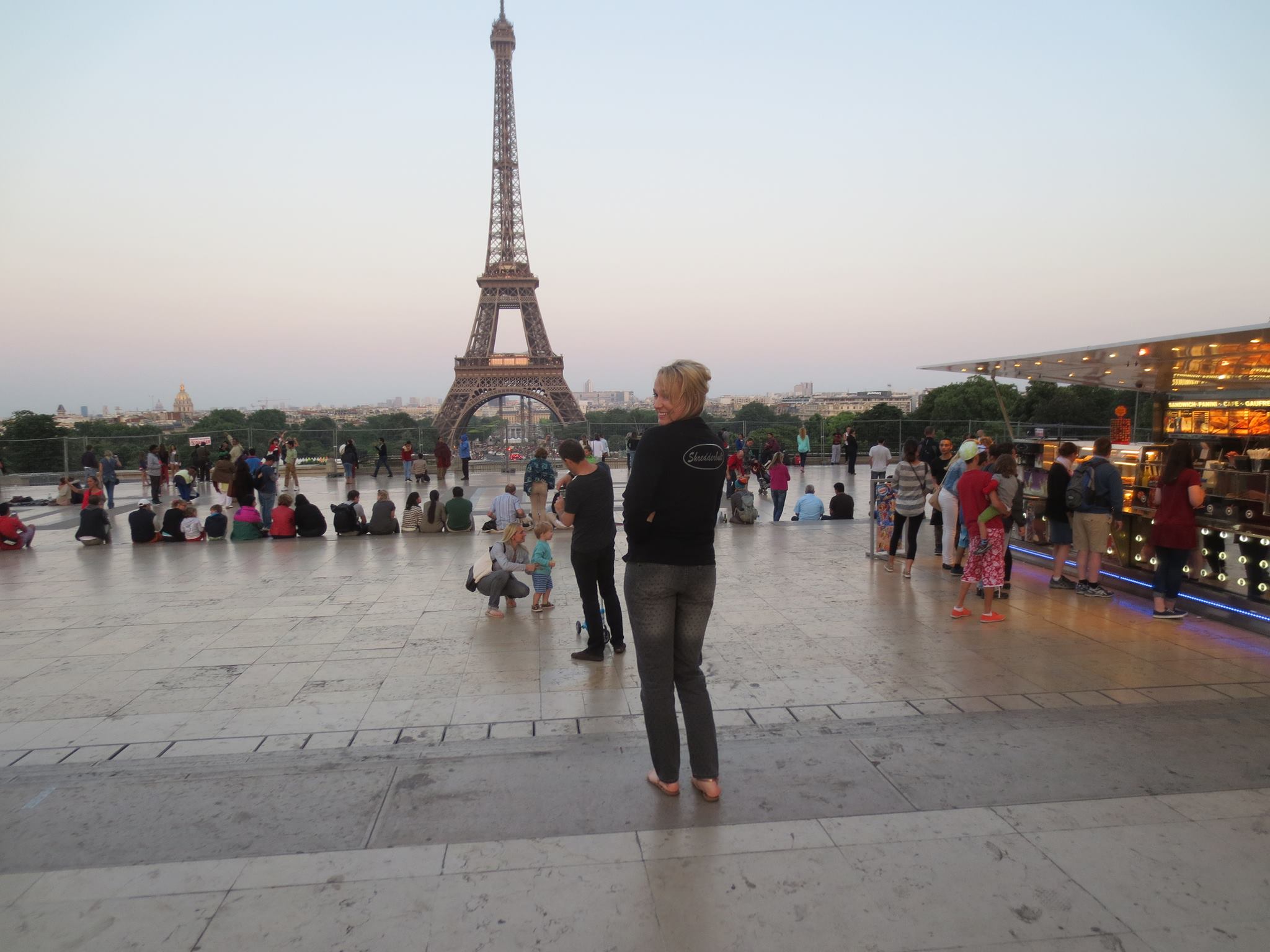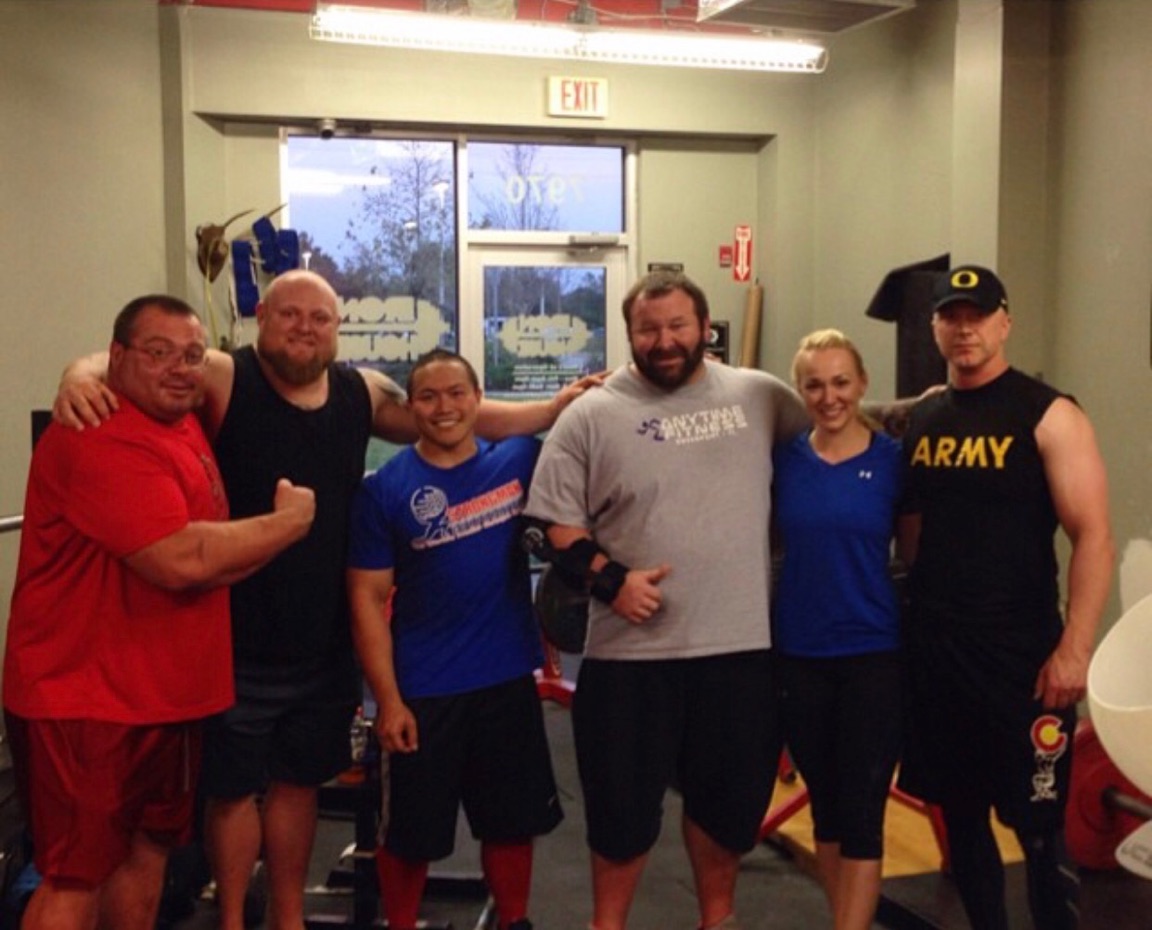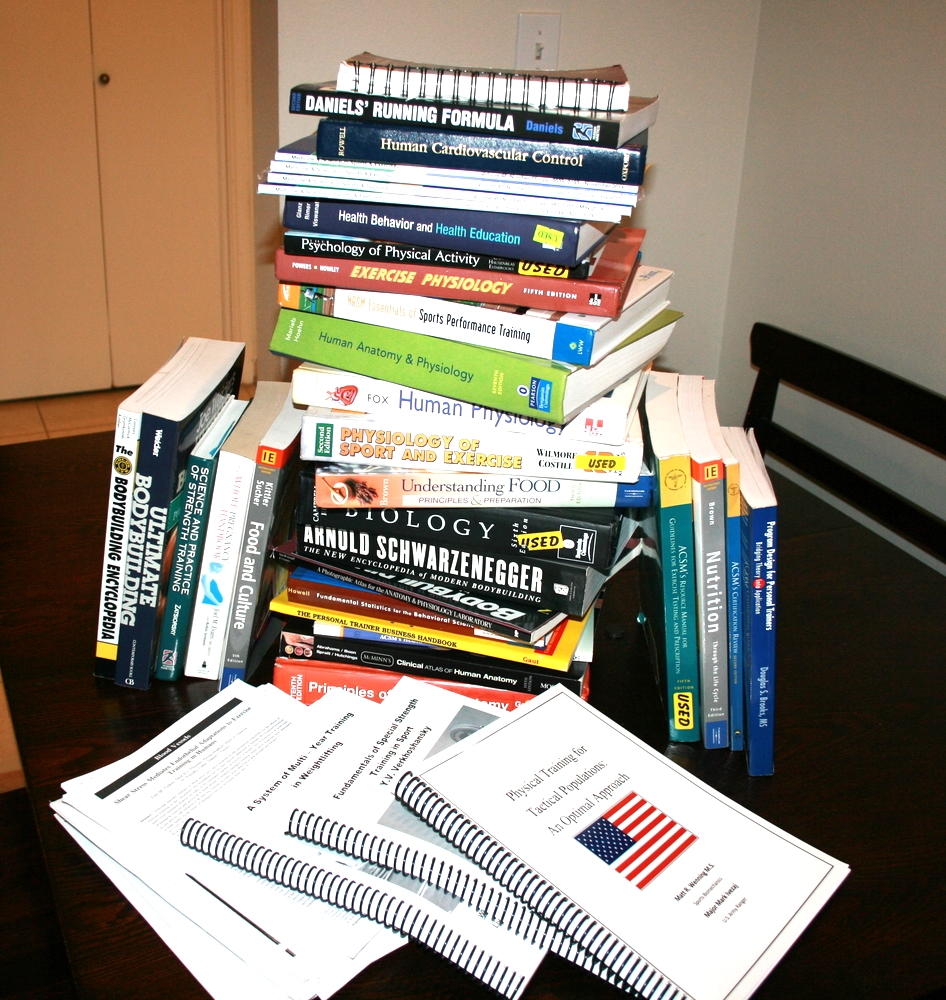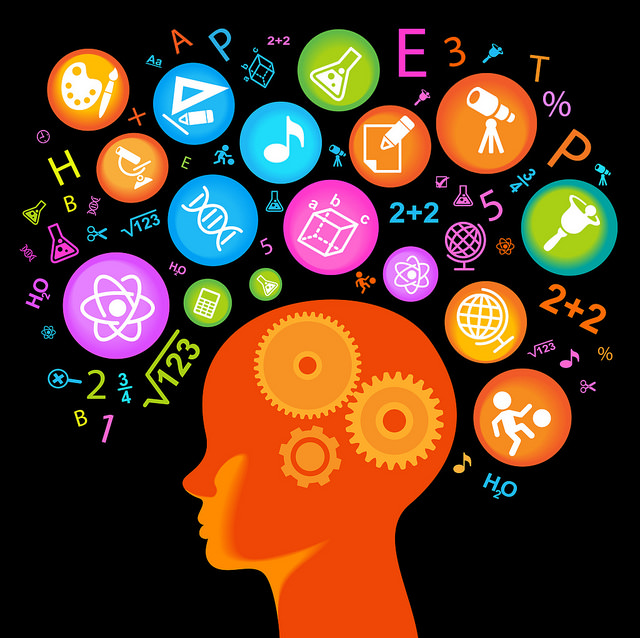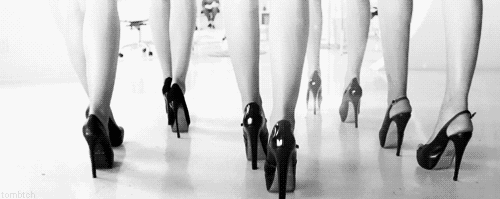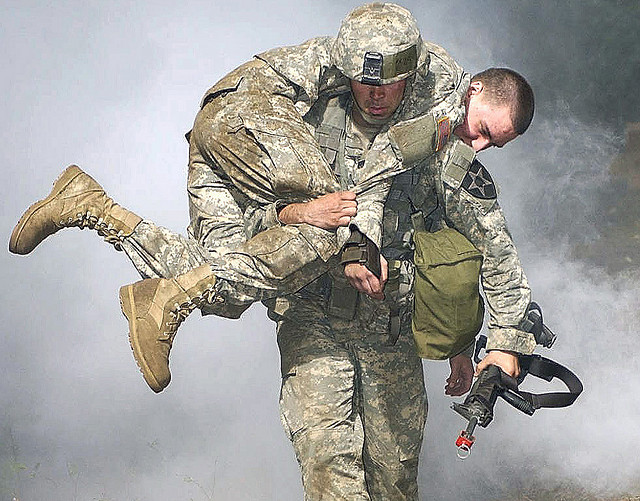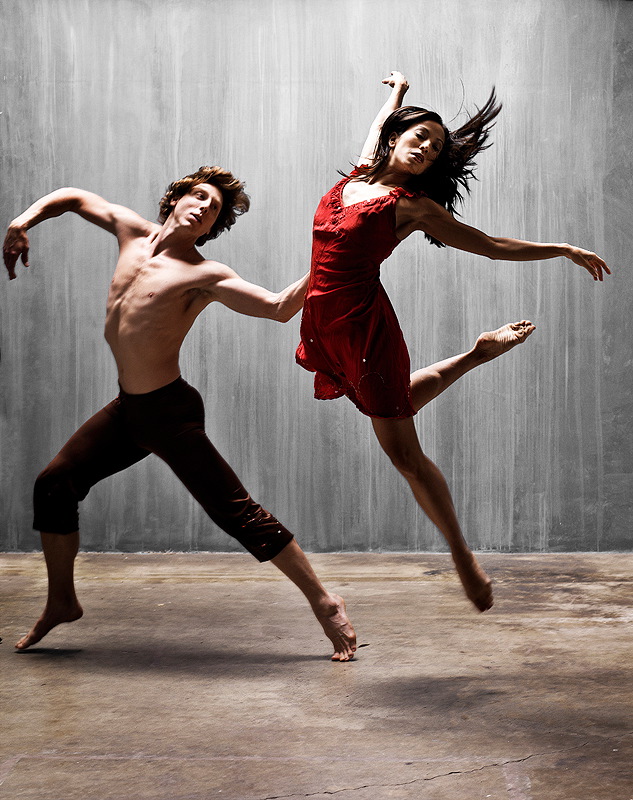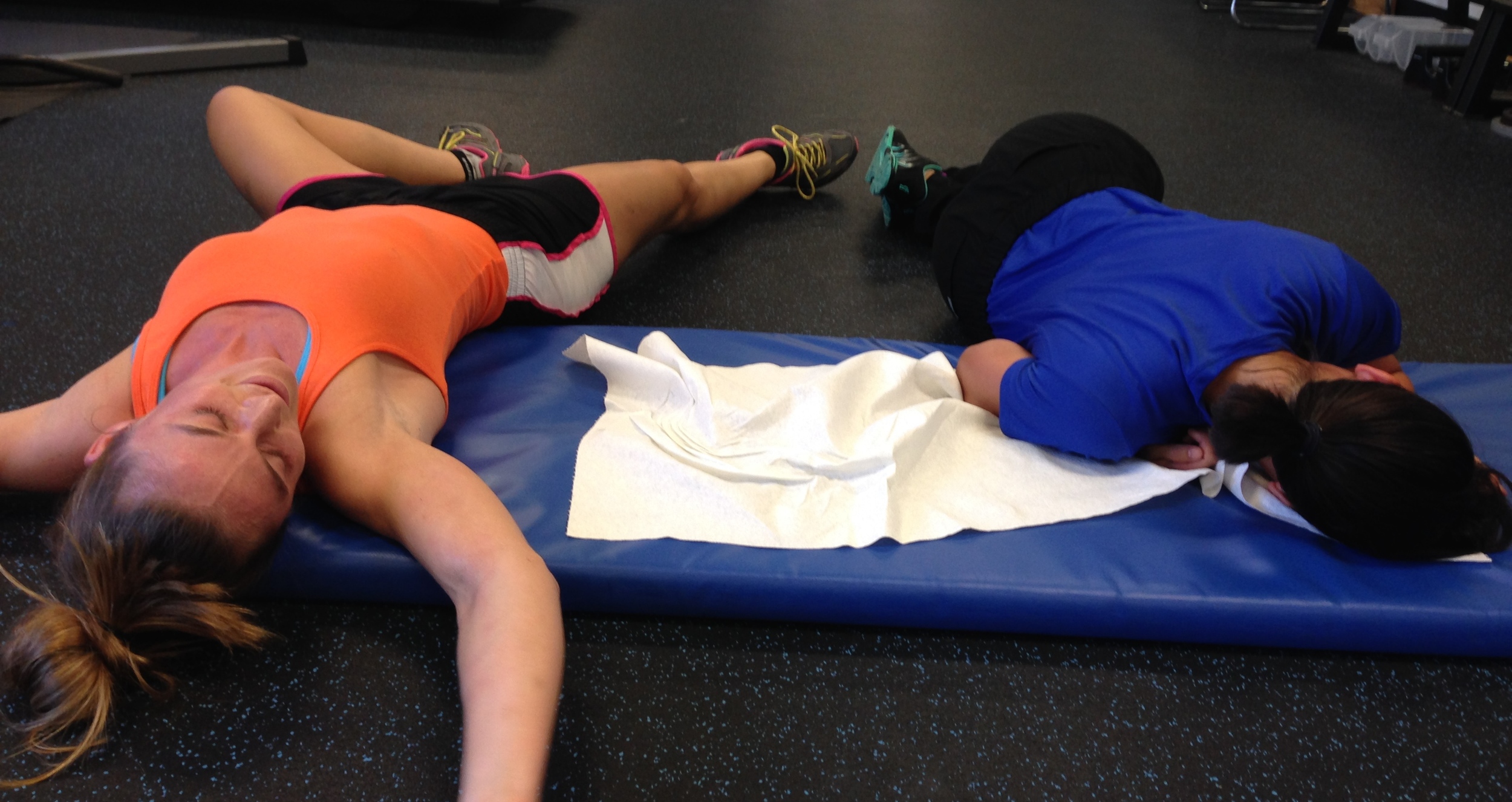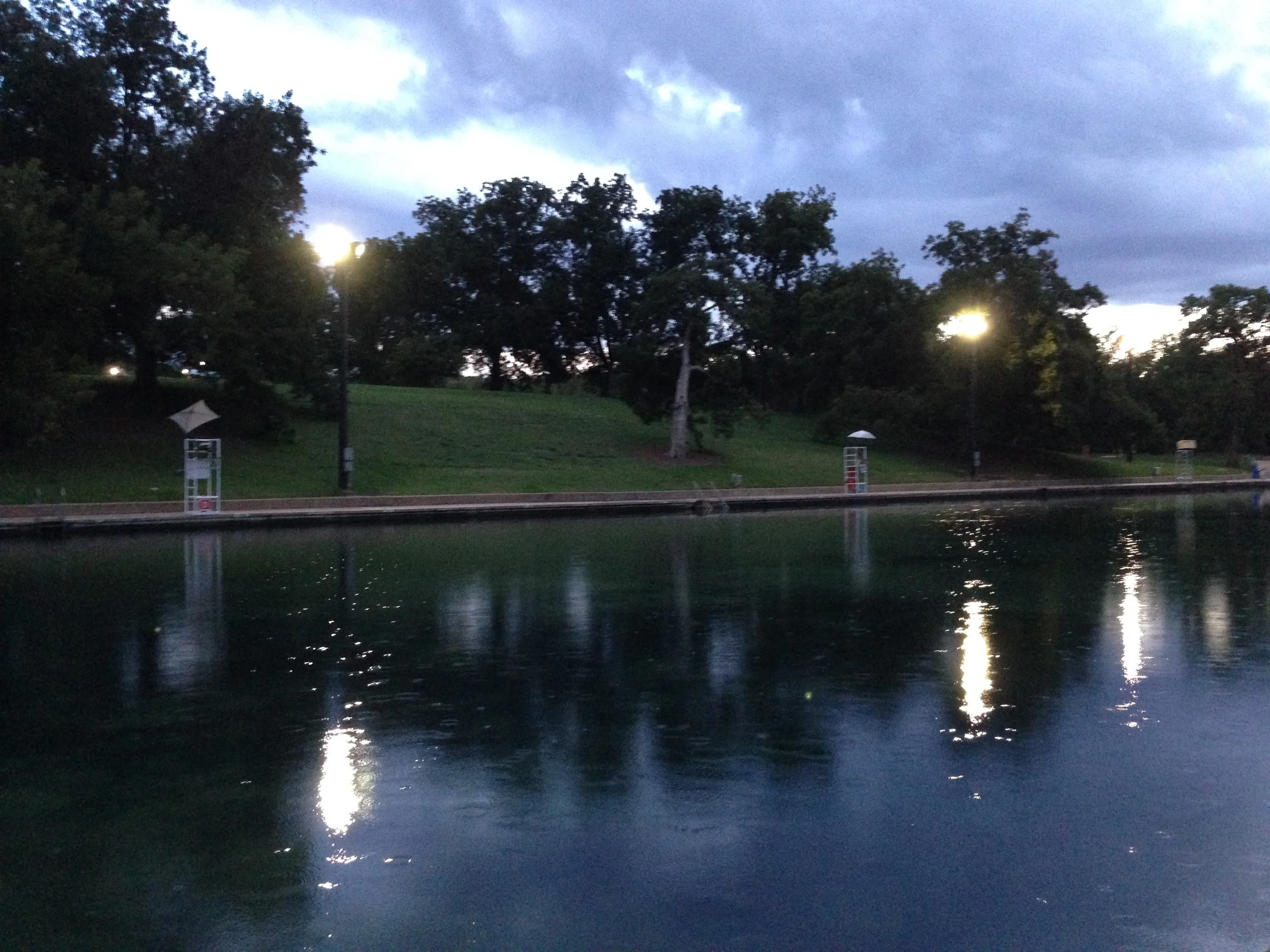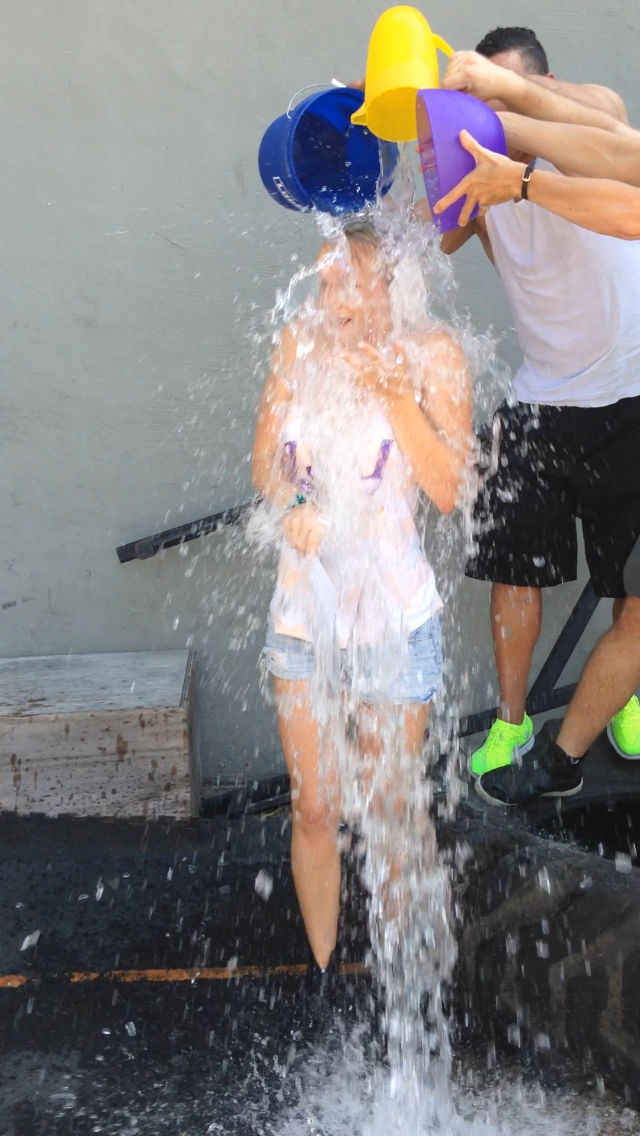A couple years ago, I got the chance to go to Paris. It was last minute, and would be a quick trip. I didn’t love Paris the first time I visited, so my growing affection for the city made me appreciate each visit more. I looked forward to again seeing the city that made my pupils dilate with its ornate cathedrals, romantic art, and the big city buzz swirling all around me, yet having no need for me.
Amor and Psyche by Antonio Canova, displayed at the Louvre. I can’t even pretend to be tough when I see this one. Melts my heart.
I couldn’t wait to savor coffee on a French sidewalk cafe. And the baguettes, the French bread that they don’t call French bread because that would be redundant.
The Louvre, the Eiffel Tower, the stores, the fashion. I was giddy thinking about it!
There was one catch: it would be a weekend trip, and I handle jet lag like a narcoleptic ninety-year old. I’m talking, out-like-a-light at 6 pm, can’t even hang with the toddlers. Then like a resurrection miracle, fully awake and happily functioning (all alone) at 3:30 am.
Le sigh.
I Can Figure It Out
Call me stubborn or bull-headed (though I prefer determined), but I always think there has to be a way. I can figure it out! In the past, I have tried a variety of tactics to decrease jet lag so I could enjoy more travel time, with some but minimal success. This includes:
- strategically timed melatonin on the flight to reset circadian rhythm (sleep on an international flight? haha)
- exercise upon landing in new time zone. (Soooo tiring)
- caffeinating myself at doses that would worry most health professionals
- the Argonne Anti-Jet-Lag protocol, which was highly effective on National Guard subjects in this Pentagon funded study
The latter was the most effective, but still not good enough for me. I was convinced I could do better.
A Crazy Plan With Unintentional Side Effects
My plan was to bring my body as close as I could to real-time wake-sleep schedules in Paris, while still here in American central time zone. It was simple enough: go to bed 4 hours early, and wake 4 hours early. This way my body would be halfway adjusted to the 7 hour difference by the time I landed.
Beginning two weeks before my trip, I took the recommended dose of an over-the-counter sleep aid and aimed for lights out at 7 pm. I woke between 3 and 4 am.
To ensure this would be successful, I warned my friends that I would be seeing less of them for a couple weeks, and I did all my work as early as I could, including anticipating clients needs so my support for them would not suffer.
Other helpful habits included blacking out my room, being hyper organized so I didn’t worry about a thing, and putting my phone down in early evening.
What Happened?
The results were amazing! First, I felt 10 years younger. I slept completely through the night, getting 8, even 9, hours of quality sleep. When I woke up, I eased into the day with a cup of coffee. Really, what rush is there at 3:00 am? Nobody else is up.
I work exponentially better when I am not rushed or stressed, so I got good, quality work in that left me feeling productive and peaceful.
My workouts felt good since I was truly rested. I was giving my body everything it needed.
It was actually a great way to live, even without a trip to plan for. And the trip? Went off without a hitch. I don’t remember falling asleep at the dinner table once. The flights were even less stressful since I was more patient and in a better state of mind.
The Moral of the Story
…but I got to see my friend Marion, who lives in France. It had been about 15 years. Best reunion ever!
….is obviously to get good sleep. Take care of yourself. Sometimes this requires being a little bit selfish. I did miss my friends, and feel kind of like a weirdo feeling like I was up past my bedtime when I was in the gym with my 6:00 pm client.
It was worth it, though. It was a great reminder of how we need to be protective of our bodies and our time. No one else is going to do it for you!
If you need a little pick-me-up in life, try this. It will change your outlook! Try just a 2 hour difference if you don’t have a time zone change in your future.
Let me know how it goes for you! Email me. I read every email! kathryn@kathrynalexander.com
Sunset in Paris.

About the author
Kathryn Alexander is a strength coach and personal trainer in Austin, Texas. She loves hiking, college football, and the feel of a perfectly knurled barbell. Read more about Kathryn here.

